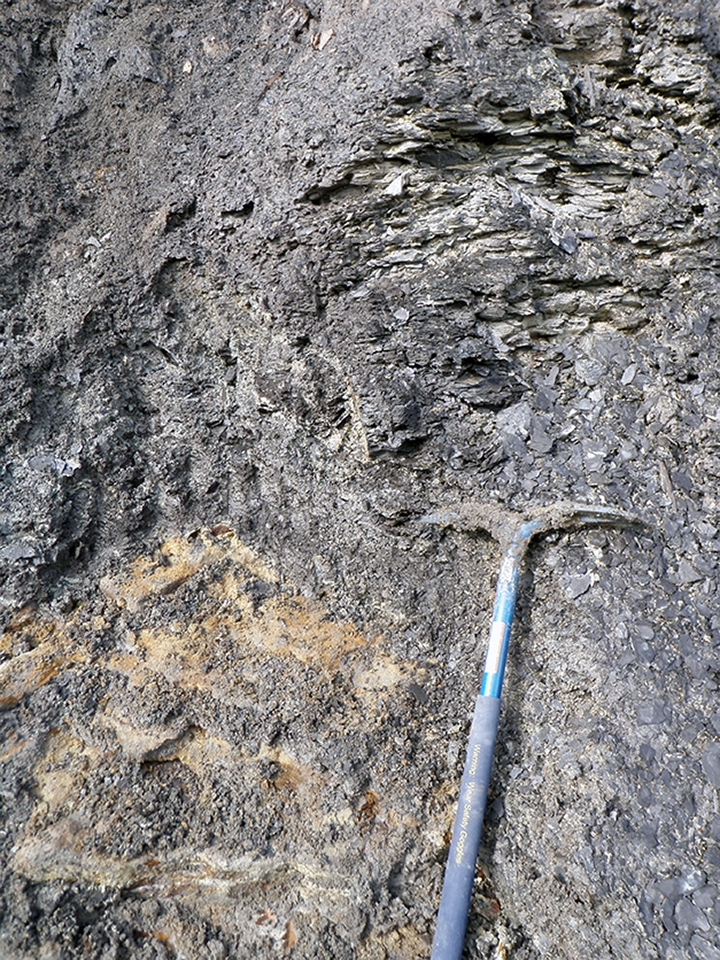The Importance of Unconventional Resources

Unconventional resources are a class of oil and gas development with growing importance in Alberta. As the historical conventional reservoirs are depleted, the remaining hydrocarbons are more difficult to produce and modern stimulation techniques must be used. The reservoirs hosting these unconventional resources can extend over a large portion of Alberta and contain enormous quantities of oil and gas.
About Unconventional Resources
Unconventional oil and gas reservoirs have low permeability. This causes the hydrocarbon fluids to be trapped within the rock without the need for an impermeable seal. The types of unconventional resources are:
- shale gas or shale oil (also includes some siltstone units) – In organic-rich shale formations, the shale is source, seal, and reservoir all in one: the organic material (kerogen) is turned into oil and gas by heat and pressure, and then the low permeability of the rock traps the oil and gas in place.
- tight gas or tight oil – Tight reservoirs are made up of low-permeability rocks such as siltstone and have external sources for the oil and gas.
- coalbed methane (CBM) – Coalbed methane is natural gas that is contained in coal seams below the surface. The gas in CBM is the same as other natural gas, primarily methane, but is held in place by adsorption to organic material as well as in free pore space. The gas is generated in place within the coal seams.
Unconventional reservoirs aren’t constrained by the extents of high permeability rock and impermeable seals; they do not occur as distinct pools like conventional resources. Unconventional reservoirs can extend for many kilometres and are sometimes called “continuous resources” because of their widespread nature. Some of the most important unconventional geological units in Alberta are the Duvernay Formation shale, Montney Formation siltstone, and Cardium Formation tight sandstone.

The oil and gas in unconventional reservoirs do not readily flow through the reservoir like in conventional reservoirs. Unconventional wells use methods such as horizontal drilling and hydraulic fracturing to access and produce the resources.
Horizontal drilling allows the wellbores to contact more of the reservoir, increasing the volume of fluids that can flow into the well and to the surface. The horizontal portion of a well in an unconventional reservoir is often 2–3 km long.
Hydraulic fracturing is a stimulation method that generally involves pumping fluid containing a proppant (e.g., sand) into the wellbore which increases the pressure in the reservoir to create fractures. Once the fractures are created, the pressure is reduced and the proppant remains in the fractures, keeping them open enough for the oil and gas to flow to the well. Many wells with long horizontal portions have dozens of stages of fracturing along their length; these are called multistage fracture completions.
Learn More About
As conventional reservoirs are depleted and their discoveries slow, the relative importance of unconventional resources increases. We can separate out oil and gas production based on the well type to get a picture of conventional vs. unconventional production in the province. In general, wells drilled horizontally target unconventional resources as illustrated in the graph below.
For More Information
Alberta Energy Regulator's Interactive Downloadable Data


